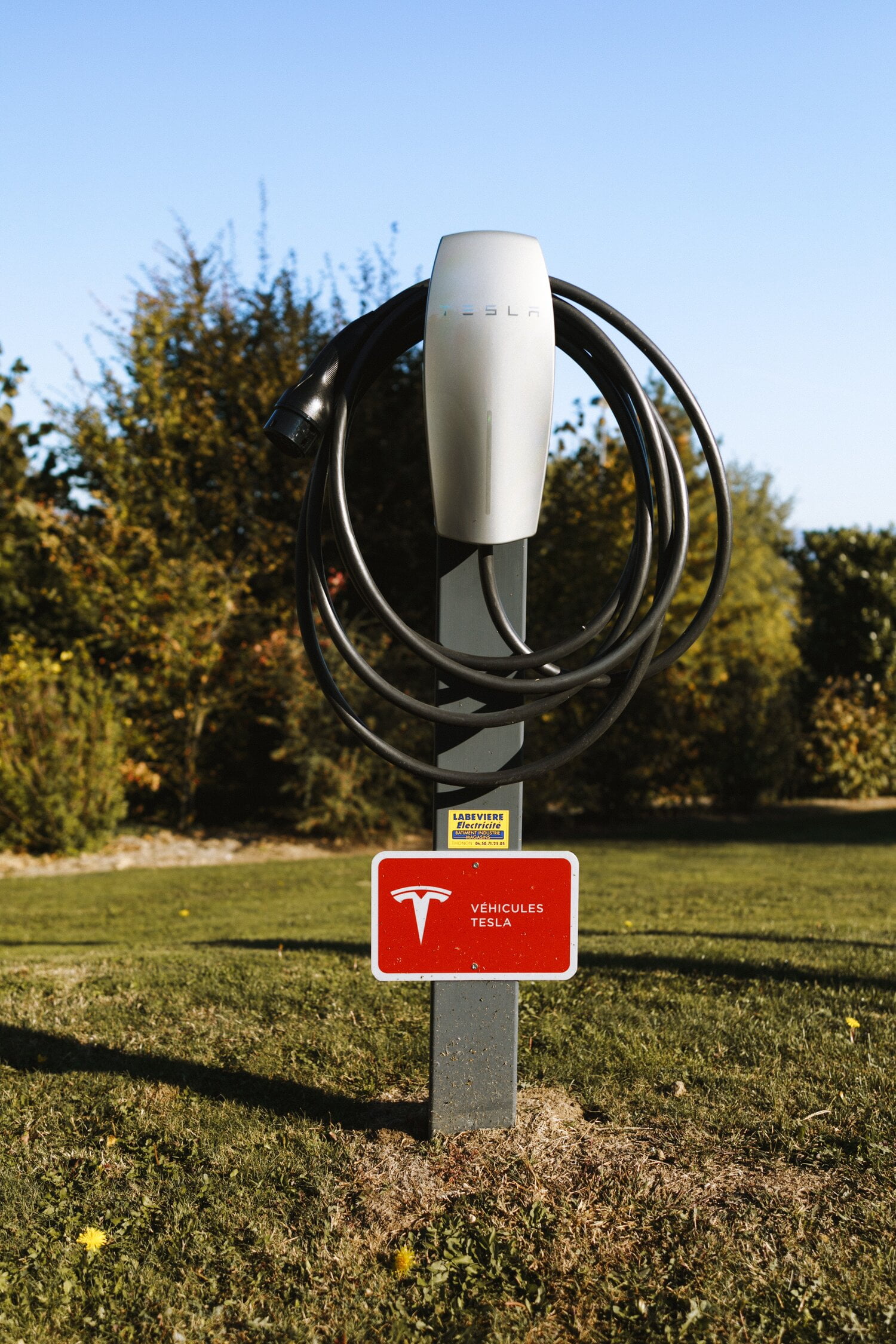Home » Monthly parking » How parking can adapt for electric vehicles
The Spacer Technologies content team is a dedicated group of writers and experts with a deep-rooted passion for the sharing economy.
 Edited by:
Edited by: 
Zarah Mae Torrazo is the Head of Content at Spacer Technologies, where she leads content creation for Parkhound, Spacer.com, Spacer.com.au, and WhereiPark. With nearly a decade of experience in digital content, Zarah specializes in crafting engaging, SEO-optimized writing that bridges both B2B and B2C audiences. Her work spans a wide range of industries from real estate and finance to mobility, health, and tech, with a focus on turning complex ideas into clear, actionable insights. At WhereiPark, Zarah writes extensively about multifamily property management, urban mobility trends, and the monetization of underused assets like parking. She’s particularly passionate about the sharing economy and its power to reshape how people and businesses access space, transport, and opportunity.
Reading time: 3 mins

Between Super Bowl ads and President Biden’s plans to replace government vehicles with U.S.-made electric vehicles, it seems as though the future of cars really is electric. In fact, as prices for electric cars drop, experts predict that adoption of electric vehicles (EVs) will be 15 times higher in 2035 than it was in 2019. This represents a unique opportunity for parking lot owners to capitalize on this lasting change in order to draw in new customers. Let’s start with why this trend is taking off in the U.S. The new administration is pushing for the U.S. to become carbon neutral by 2050. In order to support this initiative, they have created several funding opportunities for sustainable infrastructure and cars. This, combined with the falling prices of EV car batteries, has peaked the interest of U.S. car manufacturers. In an effort to align with Biden’s goals, American car companies have announced plans to make electric vehicle adoption a priority and join in the international race to electrify cars.
Currently, China accounts for 80 percent of the world electricity demand for EVs. As the Superbowl ad shared, Norway also leads in EV adoption, with 56 percent of their vehicles running on electricity in 2019. With car companies, and federal and state legislation supporting the initiative, the U.S. market for EVs is expected to reach 6.9 million unit sales by 2025. All of these vehicles will need parking, but they also need charging. Merging parking spaces with charging stations for electric vehicles should be the next steps for parking lot owners for numerous reasons. First, this allows for increased benefits for parkers, which can help to attract customers. Although battery charge times are becoming increasingly efficient, current charge times for EVs can vary drastically, some taking as long as eight to 11 hours to reach a full charge. This is dramatically different than filling up with a tank of gas, which takes minutes, and thus forces car owners to find convenient spaces to leave their electric cars for extended periods of time. Leaving them charging in a secure parking garage while at work or running errands offers convenience and safety.
Adding charging stations and dedicated EV parking spaces could also potentially allow lots to raise prices for parking. Lots could offer the regular monthly and hourly rates for spots, but add additional fees for parkers that want a charging station included. It could even allow parkers to pay for just the use of their charging stations for a few hours. With public charging stations still proving to be far and few between, charging for charging is not uncommon. Adding hourly charging rates could help parking lots/property owners raise their revenues. Finally, depending on future regulations, parking lots may be required to designate specific spots for EVs to encourage people to make the switch. There could even be government incentives to support charging stations. EVs are definitely a priority for the U.S. and as the government introduces new incentives, there could be benefits for parking lot owners who support EVs through charging stations. Although the U.S. has been slow to adopt EVs, the changing landscape means that they are likely to take off over the next few years. Until then, it’s important to stay ahead of the trend to ensure that you’re prepared for the surge of EVs in your parking garage.
The Spacer Technologies content team is a dedicated group of writers and experts with a deep-rooted passion for the sharing economy.
The Spacer Technologies content team is a dedicated group of writers and experts with a deep-rooted passion for the sharing economy.
Demo Description
This will close in 0 seconds
This will close in 0 seconds